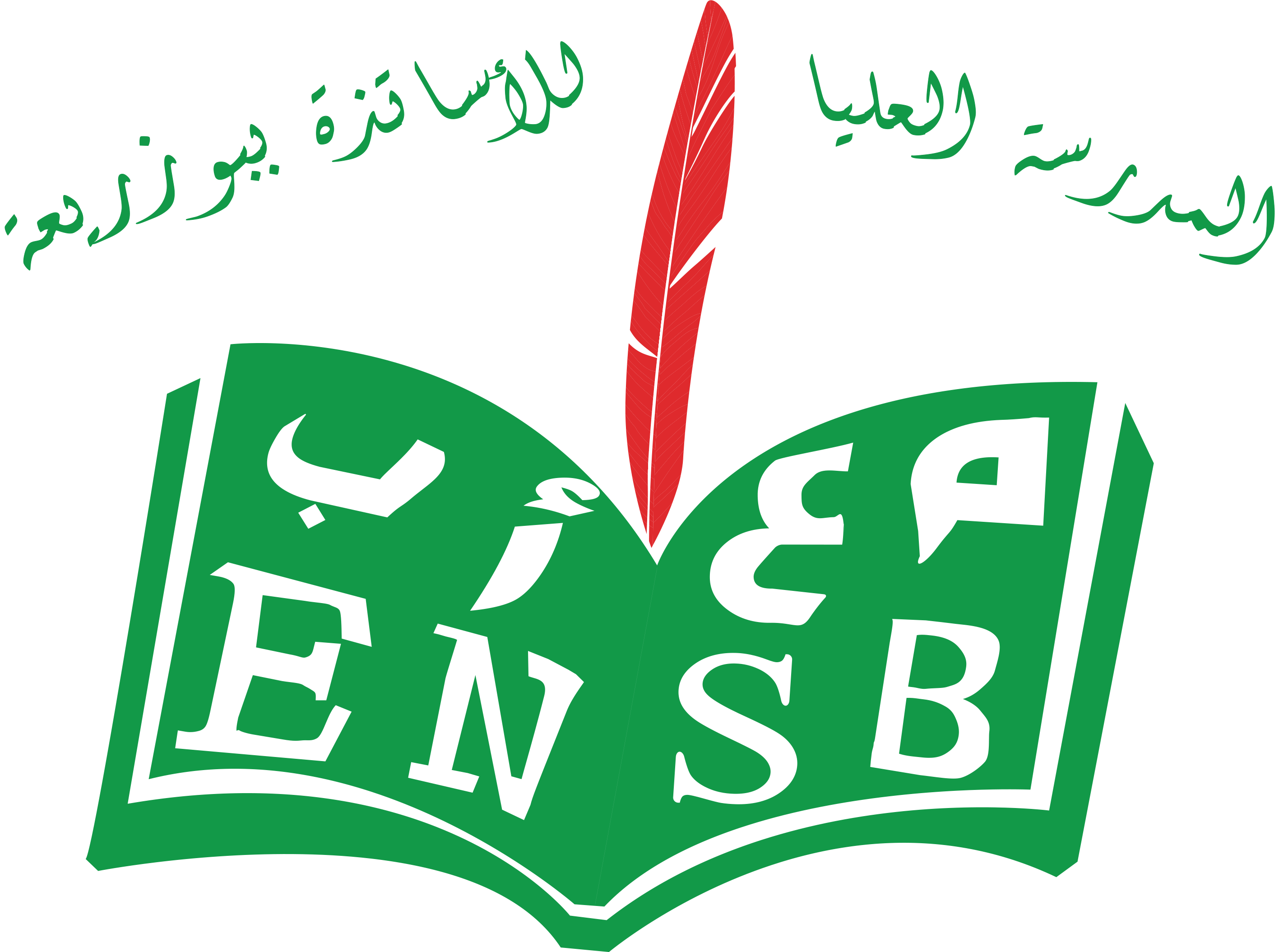The personality of Mubarak Al-Meili
Sheikh “Mubarak bin Mohammed bin Mubarak Ibrahimi Al-Mili”, named after the village of Al-Miliah, born on May 23, 1896, is one of the important scholarly figures in the historical, reform, educational, and pedagogical scene in Algeria, as he possessed outstanding communication abilities, and was endowed with a number of qualities, virtues and crafts, such as eloquence in speech, the ability to influence the listeners, raise renaissance awareness among the ignorant, and has great energy in persuasion to refute the conspiracies of the colonizers. He also succeeded in being a capable media personality, an ambassador of goodness, an eloquent imam, a modernist in vision, a convincing teacher, and a fluent educator. He is Sheikh Mubarak bin Muhammad bin Rabih Al-Hilali Al-Milli the Algerian, and his family surname is Brahimi. He is descended from the children of Mubarak bin Habas from the Athbaj, the Hilali Arabs, one of the few Arab tribes in the region of Jijel.

Sheikh Mubarak Al-Mili grew up an orphan, as his father died when he was four years old, and after his father’s death, his mother Turkiya bint Ahmed bin Farhat Hamrouche died in 1902, so he was taken care of by his grandfather Rabah, who died in 1908, and then by his uncles Alaoua and Ahmed, tool care of him.
The Sheikh began his education in Ouled Mubarak in Milia under the care of Sheikh Ahmed Ben Taher Mezhoud until he completed the memorization the Quran. Then he moved to the city of Mila, which was then a center of knowledge that attracted students who memorized the Quran, so he continued his education in Sidi Azouz Mosque under the supervision of Sheikh Muhammad bin Maanasr Al-Mili for four years, at the age of twelve. In 1918, he went to the city of Constantine, the capital of eastern Algeria where he joined the Green Mosque to continue his education at the hands of Imam Abdelhamid Ben Badis. There he found his desire in the teacher’s lively lessons, and received reformist ideas from him with enthusiasm and faith. He was one of his distinguished students and one of the serious and diligent students who were eager to learn. His teacher admired him and loved him very much and brought him closer to him. After that, he went to the Zeitouna Mosque in Tunis, and studied under many men of learning and knowledge, including Sheikh Muhammad Al-Nakhli Al-Qayraouani, Sheikh Muhammad Al-Sadiq Al-Nifar, Sheikh Muhammad Al-Taher bin Ashour, Sheikh Belhassan Al-Najjar, Professor Muhammad bin Al-Qadi and others. He remained there until he obtained his international degree in 1924.
His upbringing and scientific training
He received his primary education from his sheikh and educator Muhammad Al-Meili in Mila, then joined Sheikh Abdel Hamid Ben Badis in 1338 AH/ 1919 AD, and in view of his brilliance, he advised him to go to Tunisia in the same year to complete his secondary education, so he completed his studies at the University of Zeitouna, to obtain its highest international degrees with distinction, after spending four years there, he returned in 1925 AD to Algeria, to settle in Constantine, to be the best assistant to Sheikh Abdel Hamid Ben Badis. When the notables of Laghouat sought his help, he encouraged him and delegated him to go in order to reform and spread awareness there, so he settled there at the end of 1926 AD to start a new phase of enlightenment, so he founded the Youth School for boys and girls, which combined heritage and modernity, “Sheikh Mubarak was skilled in teaching, with an attractive style in his lessons, and his methods were modern, and he endeared knowledge and Arabic to his students and endeared his school to them.” (The Renaissance of Modern Algeria and its Blessed Revolution, Muhammad Ali Dabouz, Vol.3, p. 259). The man did not limit himself to staying in Laghouat, but rather visited many neighboring cities such as Bou Saada and Djelfa, as a preacher, teacher, and reformer.
His educational path
Sheikh Mubarak succeeded in sending many brilliant students to the Sheikh Abdel Hamid Ben Badis Institute in Constantine and another group to the Zeitouna Mosque, with the aim of acquiring knowledge in order to continue the march of awareness and revolution against the defeatist culture and the false religiosity practiced by some of the Soufi groups. Indeed, the Sheikh’s intentions and actions provoked the anger of the opponents of Soufi and colonialism, so they exerted terrible pressures and threats of physical liquidation on him, forcing him to leave Laghout in 1933, returning to his hometown in Mila. His determination to change increased even more, as his determination increased more in change, as he founded a mosque for prayer and an Islamic cultural and charitable association. He wrote many inflammatory articles in the newspaper Al-Muntaqid, Al-Shihab, and other newspapers and magazines. He participated in the establishment of the Association of Muslim Scholars in 1931, and was elected a member of the administrative office and Secretary General of Finance. In 1937, he was appointed as General Manager of the magazine Al-Basayir, succeeding Sheikh Al-Aqbi. After the death of Ibn Badis, Sheikh Mubarak Al-Meili succeeded him in his lessons at the Green Mosque in Constantine, and when the pressure of diabetes increased on him, he traveled to Paris on a medical and scientific mission.
